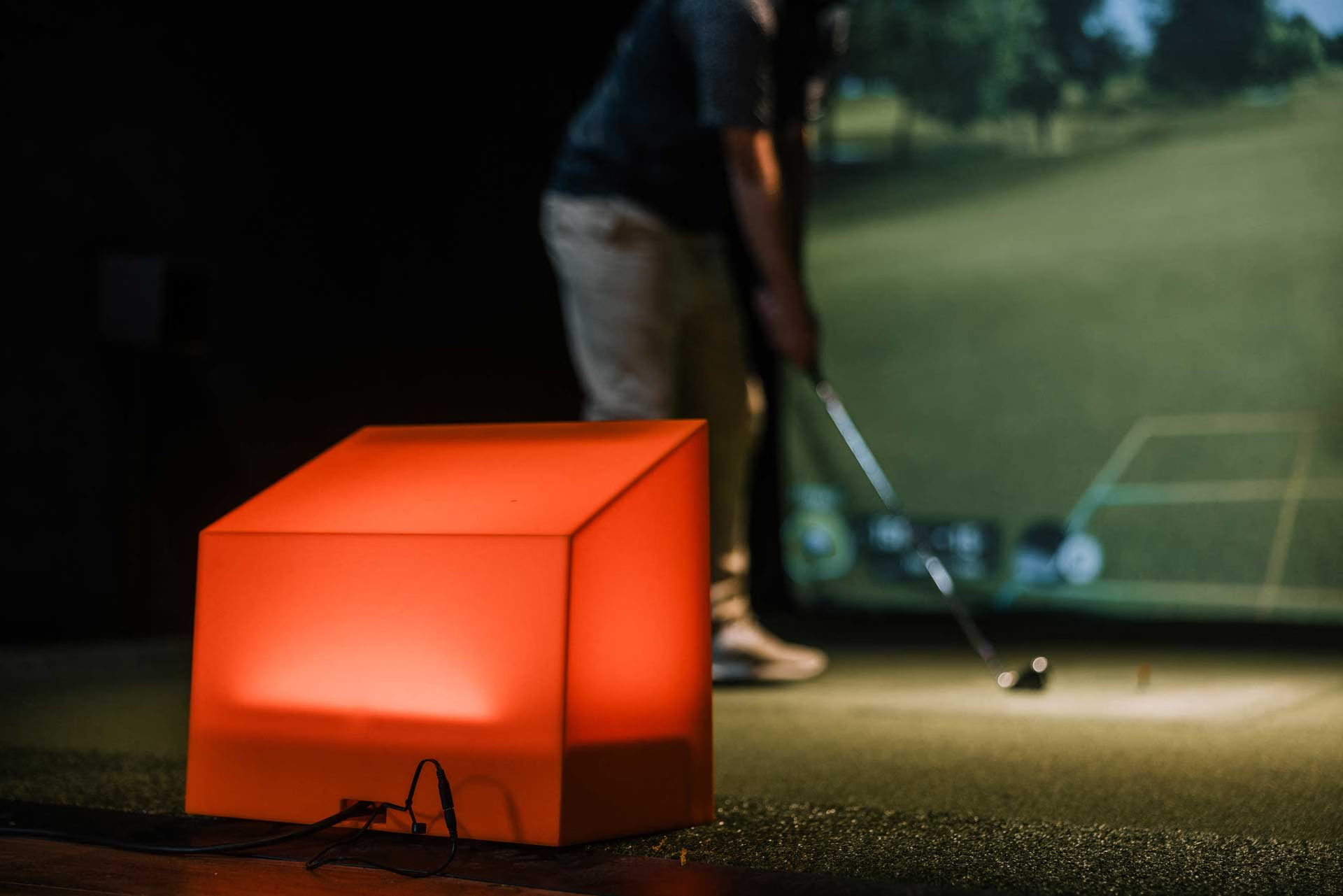
The #1 Choice Of Tour Pros For Swing And Shot Feedback
Trackman is the gold standard when it comes to data analytics in golf
Installed in each and every bay throughout Five Iron Golf locations across the globe, there’s no better way, and no better place, to hone in your distances, carve new shot shapes, or just play a quick round.
The Launch Monitor
40+
Swing and shot parameters measured with every ball you hit
440+
prestigious golf courses ready to play including 68 PGA Tour venues
2
Dual-patented Optically enhanced radar tracking for supreme accuracy










The Software

SHOT ANALYSIS
Dig deep into extensive data on every aspect of your game

RANGE
Dial in distances or groove a swing change with a variety of range backdrops

COURSES
Practice a specific on-course scenario or tee it up for a full round of 18

SPEED TRAINING
Enhance swing velocity without a ball

IMPACT LOCATION
Track the ball’s exact contact point with the club face
What Trackman Measures
| Swing Speed | Club Speed | Launch Angle |
| Smash Factor | Attack Angle | Spin Rate |
| Max Height | Land Angle | Carry Distance |
These are just the highlights!
See here for a full breakdown and explanation of all 40+ club
and swing parameters Trackman measures.
PLAY, PRACTICE & PARTY
Ways To Play
For more information on all the different modes and competitions available via Trackman at Five Iron, visit our Ways To Play page!




